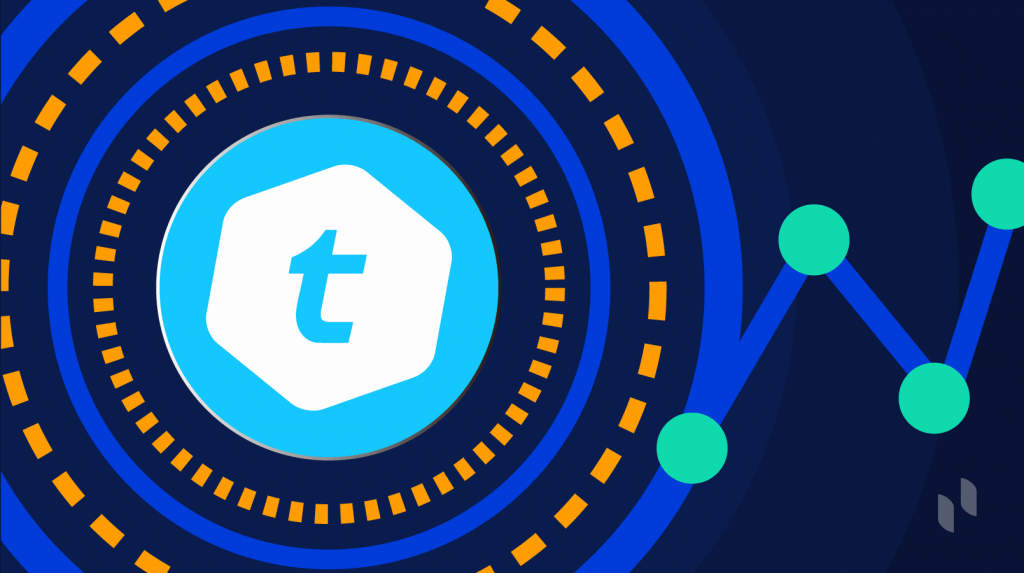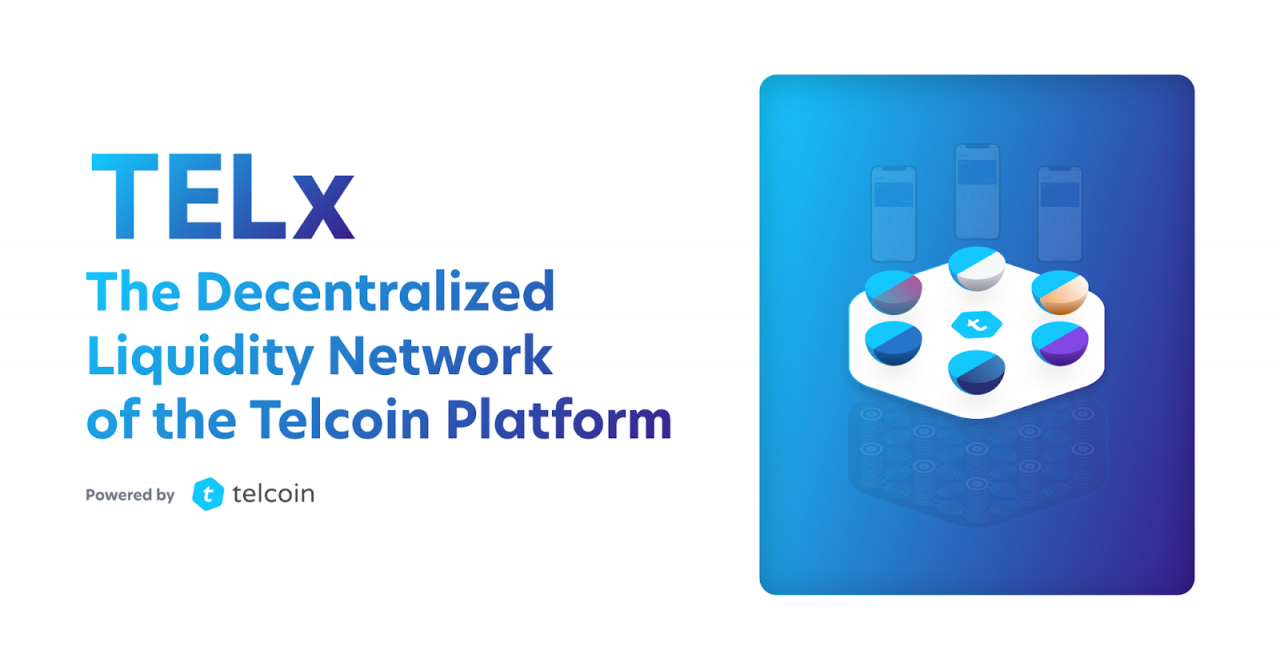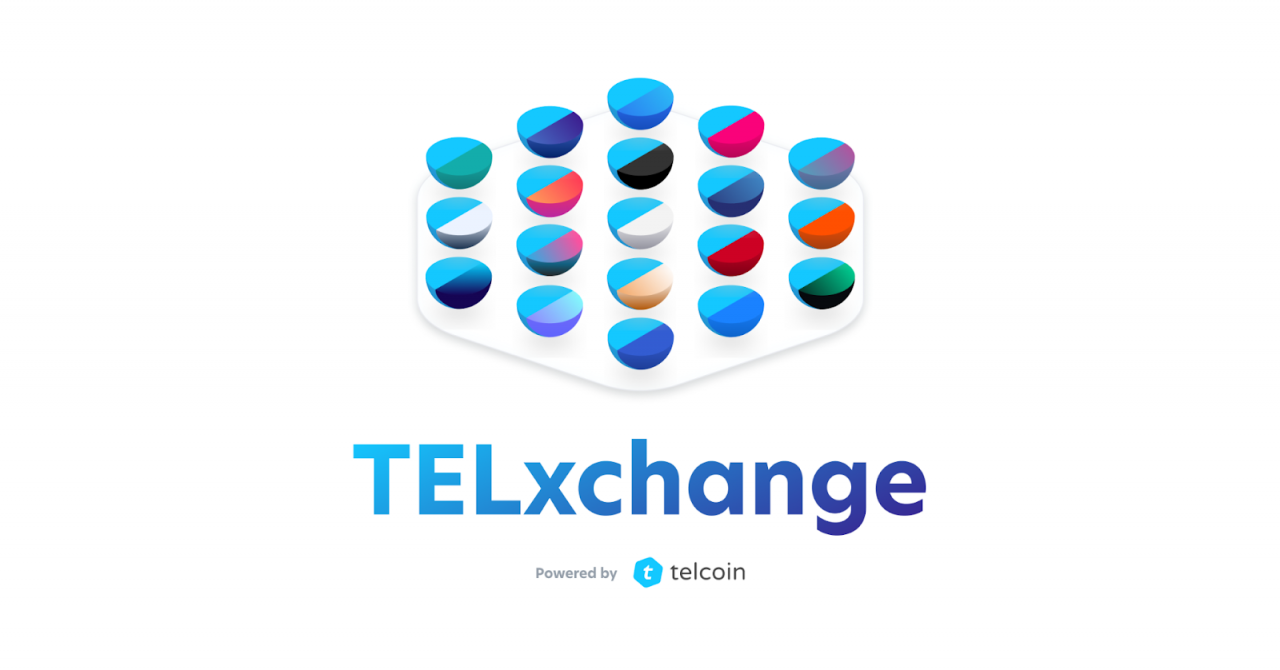Telcoin – blockchain application and its token TEL
Since the launch of Telcoin V3, the TEL token and the TELx decentralized liquidity mechanism have gained tremendous traction. With Telcoin’s intuitive mobile app, the project is laying the groundwork to improve the slow and expensive legacy remittance industry.
To do this, Telcoin uses a tiered application stack with full user ownership. Moreover, the native TEL token is inordinately important to the operation and security of the platform. Holders of TEL tokens gain numerous opportunities to support the network and thereby generate passive income.
In this article, we will delve into the Telcoin crypto ecosystem, and discuss the variety of services available. And beyond that, we’ll look at the many features of the TEL token.

What is Telcoin?
The Telcoin platform is a blockchain application that provides full decentralization and full user ownership. As the first remittance network of its kind, Telcoin consists of an ecosystem of global users co-managing a decentralized finance (DeFi) platform.
Users of the Telcoin crypto-ecosystem are mobile money service providers (MMSPs), mobile network operators (MNOs) that are part of the Global System for Mobile Communications (GSMA), and active users of the Telcoin platform itself. Moreover, holders of the native TEL token are granted the rights to manage the platform.
Telcoin redefines the shadowy and unreliable traditional remittance services. It enables users to download the Telcoin app and participate in a fully decentralized payment network.
Telcoin gives users the ability to maintain and manage the app and receive rewards in return. The recent Telcoin V3 update brings new tweaks to the decentralized liquidity network, TELx and the Send Money Smarter (SMS) network. We discuss each of these aspects further in the article.
The project itself does not provide custody services. Users are always in full control of their assets themselves.
TEL token
The native TEL token, which runs on the Ethereum blockchain, uses the ERC-20 token standard . This makes the TEL token compatible with most applications, wallets and decentralized finance (DeFi) exchanges. The multifunctional token makes the Telcoin cryptoecosystem run smoothly and securely.
As the underlying asset of the platform, the TEL token is the primary medium of exchange and reserve asset. Moreover, it provides decentralization and user ownership at every level of the Telcoin crypto project stack. This includes the application layer, the market layer and the settlement layer.
Each layer represents multiple utilities for the TEL token, with both “productive and consumer” token roles. In short, this means that each Telcoin product has TEL token liquidity reserves.
The asset is required to interact with the TELxchange markets. Thus, profits from the platform’s economic activity will flow to the holders of TEL tokens as remuneration.
As a backup TELx asset, the TEL token represents utility as the most cost-effective means of exchange on the platform. Moreover, SMS Network users can use the TEL token as an alternative currency to stabelcoins. Recipients of transactions sent using a TEL token will receive settlements in the local stablecoin of their choice.
The TEL token acts as an intermediate currency between SMS Network and TELxchange, as it is the only digital asset with liquidity for both. By default, all transactions on the Telcoin platform will go through TEL token pools.
TEL liquidity mining
Telcoin’s ultimate goal is to provide each Telcoin end user with TEL token liquidity. By reinvesting in the platform through the provision of liquidity or other TEL token services, users can essentially pay themselves to use the platform.
In addition, Telcoin’s tokenization infrastructure means that fees that would normally be absorbed by third-party intermediaries, investors, brokers, or banks are redistributed to the holders of TEL tokens that support the platform.
Users wishing to support the platform as liquidity providers can do so on several popular decentralized exchanges (DEX).
Initially available on Uniswap and then Balancer as a pilot project to encourage liquidity mining, there is now a selection of liquidity pools available on the Polygon network (MATIC). Along with the release of Telcoin v3, users can provide TEL-ETH, TEL-QUICK and TEL-MATIC liquidity pairs on Polygon’s leading DEX platform.

TELx mining
When users provide liquidity to support automated market makers (AMMs), they receive liquidity provider tokens (LP tokens). LP tokens represent their share of the liquidity provision in the total pool.
Users can take their LP tokens as proof of liquidity and put them on the line to become TELx miners. This means that in addition to receiving transaction fees from participating AMMs, TEL token holders can mine additional TEL tokens. Additionally, miners can withdraw their accumulated TEL tokens by deleting their LP tokens at any time upon conditional completion of the vesting schedule.
Since it is a fully open source protocol, anyone can provide liquidity for the Telcoin project. Liquidity providers of TEL tokens (LPs) can place their LP tokens through the TELx portal, supporting SMS Network or TELxchange smart contracts.
First, simply specify how many LP tokens you would like to contribute. Then click “Stake” and confirm the transaction to become a TELx miner. Keep in mind that users can earn TEL tokens through mining and platform fees from Telcoin users. In addition, users can receive a commission for providing liquidity to participating Automated Market Makers (AMMs).
Telcoin V3
The most recent update to the platform, Telcoin V3, is a fully functional infrastructure with full user ownership. With decentralization and security as key values, Telcoin uses a tiered architecture.
Each tier complements each other, but presents its own set of individual responsibilities. Below we look at the platform infrastructure: the Telcoin app, TELx and Rivendell, as well as new elements introduced in Telcoin V3, TELxchange and SMS Network.
Telcoin Application
At the top of the Telcoin V3 stack is the application user layer, which is an easy-to-navigate graphical user interface (GUI). Originally running on Ethereum, the Telcoin application now runs on Ethereum’s second-tier scaling solution, Polygon Network.
This offers several advantages, including faster transaction speeds and lower costs. Moreover, because Polygon runs on top of Ethereum, the Telcoin app preserves the security of the largest blockchain with support for smart contracts.
The Telcoin app is available for download from the Apple App Store and Google Play Store and exists primarily to serve as a simple, fast and cheap alternative to traditional payments and money transfer services. For people living in countries with difficult economies or without access to banking services, the Telcoin app may be a good solution!

TELx
Beneath the application layer is a marketplace or decentralized liquidity network called TELx. TELx markets are decentralized liquidity pools that collectively provide cross-border transfer services. In addition, with the launch of Telcoin V3, liquidity for TELxchange digital assets is also hosted.
The TELx liquidity mechanism enables full decentralization of Telcoin services, allowing the Telcoin application to provide decentralized funding (DeFi) services to end users.
The long-term goal is for all Telcoin application transactions to be routed exclusively through TELx market pools in cooperation with supporting decentralized exchanges (DEX) and automated market makers (AMMs).
With the launch of Telcoin V3, the project launched nine new liquidity pool incentives on two DEXs on the Polygon network. All TEL tokens paid as fees for the Telcoin application are distributed to TELx supporters who place their TEL tokens. Thus, when TELx supporters interact with the Telcoin app, they are essentially paying themselves to participate in the payment network.
Telcoin manages to orchestrate a sophisticated, bi-directional middleware infrastructure that provides true user ownership by refraining from financial intermediaries. Telcoin uses smart contracts with the TELx liquidity mechanism, rewarding participants with a fair share of the platform’s fees.
TELxchange
TELxchange is a service token exchange platform that uses TEL’s own token as the underlying asset and primary means of exchange. By providing a non-storage service, TELxchange enables seamless trading of the TEL token with a compatible list of service tokens with high consumer demand. This includes assets such as AAVE, WBTC, WETH and WMATIC as source assets.
Owners of TEL tokens can become liquidity providers (LPs) of TELxchange via TELx portal smart contracts. In this way, users interacting with the digital asset exchange will be rewarded in the form of TEL tokens when they process transactions on the exchange.
SMS Network
The Send Money Smarter (SMS) Network is a money transfer service available through the Telcoin app. Users can make payments at much lower rates than with traditional alternatives. In addition, payments arrive instantly – several days faster than those of competing global payment transfer services.
In addition, SMS Network is also under full routing of user-owned payments through the TELx liquidity mechanism. However, the liquidity tokens of the TEL token are combined with various Stablecoins. Thus, if SMS Network users also provide liquidity using Telx, they will essentially pay themselves when confirming and sending transactions on the network, similar to the TELxchange model.
The Send Money Smarter (SMS) network hosts liquidity pools for TEL token-stablecoin pairs. This includes USDC, the Canadian Digital Dollar Stable Coin (CADc), the STATIS EURO Stable Coin (EURS), and the Singapore Dollar Stable Coin (xSGD).
Rivendell
The lower level of the Telcoin stack is the settlement level, interacting with Rivendell. As an Ethereum sidechain using the Polygon SDK (software development kit), Rivendell primarily provides blockchain-based mobile financial services through its own application.
In addition, Rivendell allows decentralized finance (DeFi) applications to work exclusively with mobile network operators (MNOs) as an exclusive set of validators. This allows mobile networks to offer their users financial blockchain solutions with minimal overhead. Moreover, full-status GSM operators have the exclusive right to run transaction nodes and receive network fees.
The Rivendell project aims to become the popular distributed ledger for the telecom industry. In addition, because of its seamless interoperability, Rivendell offers full application customization to meet service requirements.
Rivendell is responsible for the Telcoin stack calculations. As an associate member of the Global System for Mobile Communications (GSMA) mobile network, Telcoin supports the Rivendell sidechain. In turn, Rivendell node operators are rewarded for issuing TEL tokens as an incentive to secure and grow the network.

The bottom line
Telcoin is reshaping the global money transfer infrastructure with decentralization and a wholly user-owned application. For the first time, payment network users can have management rights on the platform. They also gain ownership and have a say in the operation of the network. These features are provided to users through Telcoin’s intuitive and user-friendly mobile app.
In addition, Telcoin V3 offers Telcoin cryptoproject users the opportunity to earn passive income by providing liquidity and placing their tokens. In addition, liquidity providers (LPs) who use Telcoin digital asset exchange, TELxchange, or the SMS Network payment network will receive a percentage of the platform’s commission.
As an open-source project, Telcoin aims to present a platform for true financial accessibility, rewarding network members with commissions that would traditionally be paid to shareholders. Among other things, Telcoin offers every user the opportunity to become a TELx miner.
